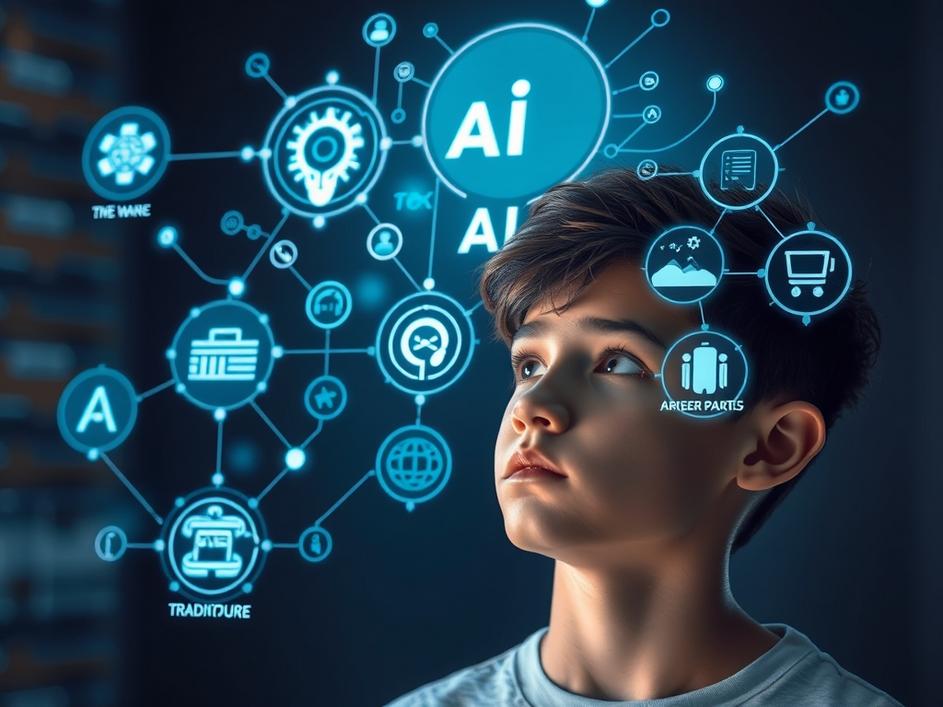


We are a digital agency helping businesses develop immersive, engaging, and user-focused web, app, and software solutions.
2310 Mira Vista Ave
Montrose, CA 91020
2500+ reviews based on client feedback

What's Included?
ToggleThink about your day so far. Maybe your smart speaker woke you up, your coffee machine started brewing on a schedule, or you checked your phone to see how much power your house is using. These little moments are just tiny glimpses into a much bigger picture, a silent transformation happening all around us. We often hear about “the internet of things,” or IoT, but it can sound like tech jargon. Really, it just means everyday objects talking to each other and to us, making life a bit smoother, safer, and sometimes, even more interesting. And guess what? This isn’t just a trend; it’s a rapidly expanding universe, one that’s quietly building up to some truly mind-boggling numbers. Recent reports suggest this market is set to soar, reaching trillions of dollars in value over the next decade. It’s a huge shift, and it’s happening whether we notice every piece of it or not.
So, what’s behind this incredible rise? It’s not just one thing, but a powerful mix of advancements that are finally coming together. Imagine all these devices needing to chat with each other, sharing information back and forth. For that to happen smoothly, we need really good ways for them to connect wirelessly. Think about how much better Wi-Fi has gotten, and now with 5G networks spreading, things can talk to each other faster and more reliably than ever. It’s like upgrading from a slow country road to a multi-lane highway. But it’s not just about speed; it’s also about where all the information goes. Cloud platforms, which are basically huge online storage and computing centers, have become incredibly easy to use and much more powerful. They act like the central brain where all the data from your smart thermostat, your connected car, or a factory sensor can be collected, processed, and understood. This combination of robust wireless connections and smart, scalable cloud services is the secret sauce, making it possible for millions, then billions, and eventually trillions of devices to join the conversation.
While the smart home gadgets get a lot of attention, the real heavy lifting of IoT is happening behind the scenes, changing industries in fundamental ways. Imagine a city where traffic lights adjust in real-time based on actual traffic flow, not just a timer. Or a hospital where doctors can monitor patients’ vital signs from afar, getting alerts if something is off, potentially saving lives. In factories, machines can now “tell” their operators when they need maintenance *before* they break down, preventing costly delays and wasted materials. Farmers can use sensors to monitor soil moisture and nutrient levels, watering only when and where it’s needed, saving water and improving crop yields. This isn’t just about convenience; it’s about efficiency, safety, and making better decisions with real-time information. It’s moving beyond just “cool tech” to becoming an essential part of how our critical systems operate, quietly making things run better, safer, and more sustainably.
Of course, with such widespread connectivity, there are big questions and challenges to address. When every device is sharing information, the amount of data flowing around is staggering. This brings up serious concerns about privacy. Who owns all this data? How is it being used? And perhaps even more critically, how do we keep it safe? The more devices we connect, the more entry points there are for potential cyberattacks. A vulnerability in one smart light bulb could, theoretically, become a pathway into a much larger network. So, while the benefits are clear, building trust and ensuring robust security are paramount. This means not just better technology, but also clear regulations, industry standards, and a real commitment from companies to protect user information. It’s a complex puzzle, but one that needs to be solved for this connected future to truly thrive and be accepted by everyone.
Looking ahead, this massive growth isn’t just about more of the same. The future of IoT is likely to be even more intertwined with other emerging technologies, especially artificial intelligence (AI). Imagine devices that don’t just collect data, but can actually learn from it, predict outcomes, and make autonomous decisions. Your smart home might not just turn off the lights when you leave; it might learn your routine so well that it can anticipate your needs, adjust climate control based on the weather forecast and your preferences, and even order groceries when you’re running low. In industry, AI-powered IoT could lead to fully automated systems that optimize production, manage complex logistics, and even invent new processes with minimal human intervention. This next phase could see IoT evolve from smart objects to truly intelligent environments, creating entirely new services and ways of living we can only begin to imagine today. The numbers are impressive, but the real story is in how profoundly our daily lives and global industries are being reshaped.
The journey towards a truly interconnected world is well underway, and the numbers speak volumes about its speed and scale. What started as a niche idea is quickly becoming a cornerstone of our global economy and daily existence. The shift isn’t just about new gadgets, but about a fundamental re-imagining of how we interact with our environment, manage resources, and improve quality of life. As technology continues to advance, and as we collectively address the challenges of security and privacy, the potential for IoT to create a more efficient, responsive, and innovative world is truly immense. We are not just witnessing growth; we are part of an unfolding story where everything, in some way, is learning to talk, listen, and work together. It’s an exciting, complex, and sometimes daunting future, but one that’s getting smarter with every passing day.



Leave a reply